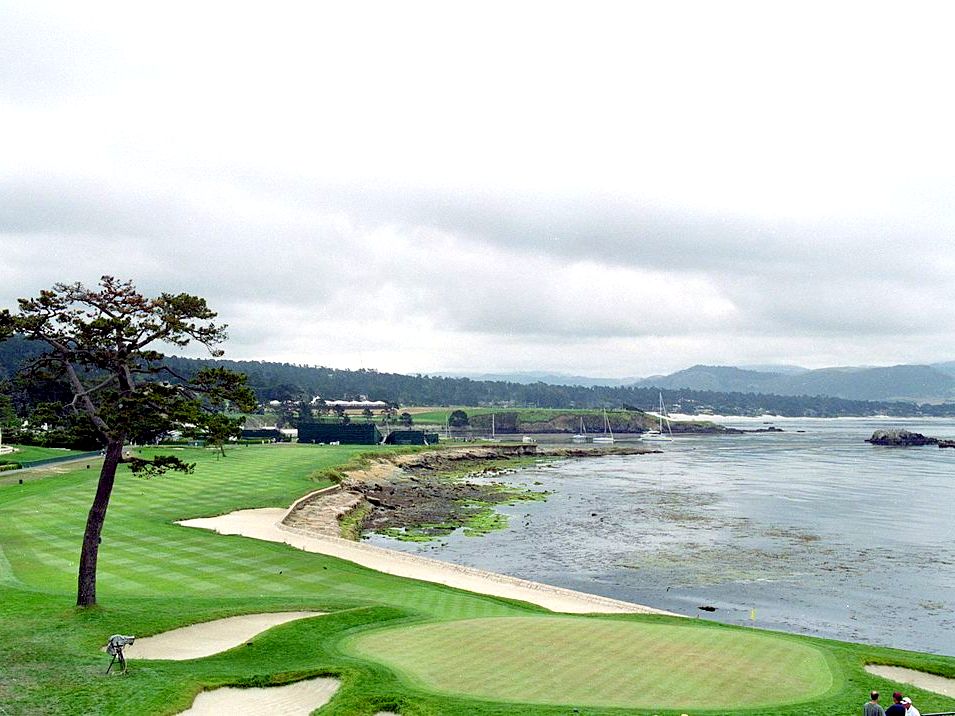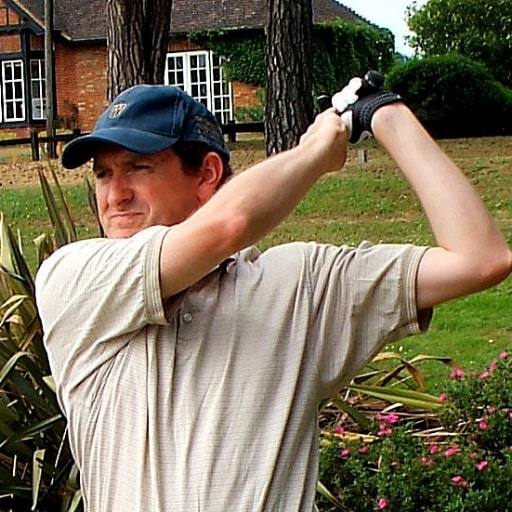What is a cape hole?
The definition of what constitutes a cape hole has changed over time


The definition of what constitutes a cape hole has changed over time since the first one was named in 1911at the National Golf Links of America
A cape hole has two main features. The first is that a hazard runs along the length of its fairway. This fairway is typically arced around this hazard, thus the player is given a risk-reward choice off the tee, a decision to make of how much of the hazard to take on.
The second part of the qualification relates to the green. ‘Cape’ means a piece of land jutting out into a body of water. So for a true cape hole the green has to jut out into the hazard.
The original cape hole design thus required the hazard to be taken on both off the tee and on the approach to the green on a par 4.
The cape hole design is credited to Charles Blair Macdonald. Macdonald was also the architect who promoted the redan hole design.
Macdonald’s original cape hole was the 14th at National Golf Links of America on Long Island. This course opened in 1911 with the 14th green surrounded by water on three sides as per Macdonald’s design. But this particular hole has been changed over time, with the hole lengthened and the green moved.
This means that what is considered to be the original, template cape hole no longer has a green jutting into the hazard - although there is now a pond to the front and bunkering on two sides of the green paying homage to the original green design concept.
Subscribe to the Golf Monthly newsletter to stay up to date with all the latest tour news, equipment news, reviews, head-to-heads and buyer’s guides from our team of experienced experts.
Hence why there is some disagreement now as to whether a cape hole has to have this green feature.
But Macdonald believed it had to, writing that: “The 14th hole at the National Golf Links is called the Cape Hole, because the green extends out into the sea with which it is surrounded upon by three sides.”
Charles Blair Macdonald went on to design another famous cape hole in the 5th at Mid Ocean on Bermuda.
The 2nd at North Berwick, the 18th at TPC Sawgrass and the 18th at Pebble Beach are examples of cape holes in the modern understanding of the term. None have a jutting-out green, but all have water on one flank of the green and all involve a tee shot angled across water.
Contributing Writer Roderick is the author of the critically acclaimed comic golf novel, Summer At Tangents. Golf courses and travel are Roderick’s particular interests. He writes travel articles and general features for the magazine, travel supplement and website. He also compiles the magazine's crossword. He is a member of Trevose Golf & Country Club and has played golf in around two dozen countries. Cricket is his other main sporting love. He is also the author of five non-fiction books, four of which are still in print: The Novel Life of PG Wodehouse; The Don: Beyond Boundaries; Wally Hammond: Gentleman & Player and England’s Greatest Post-War All Rounder.
